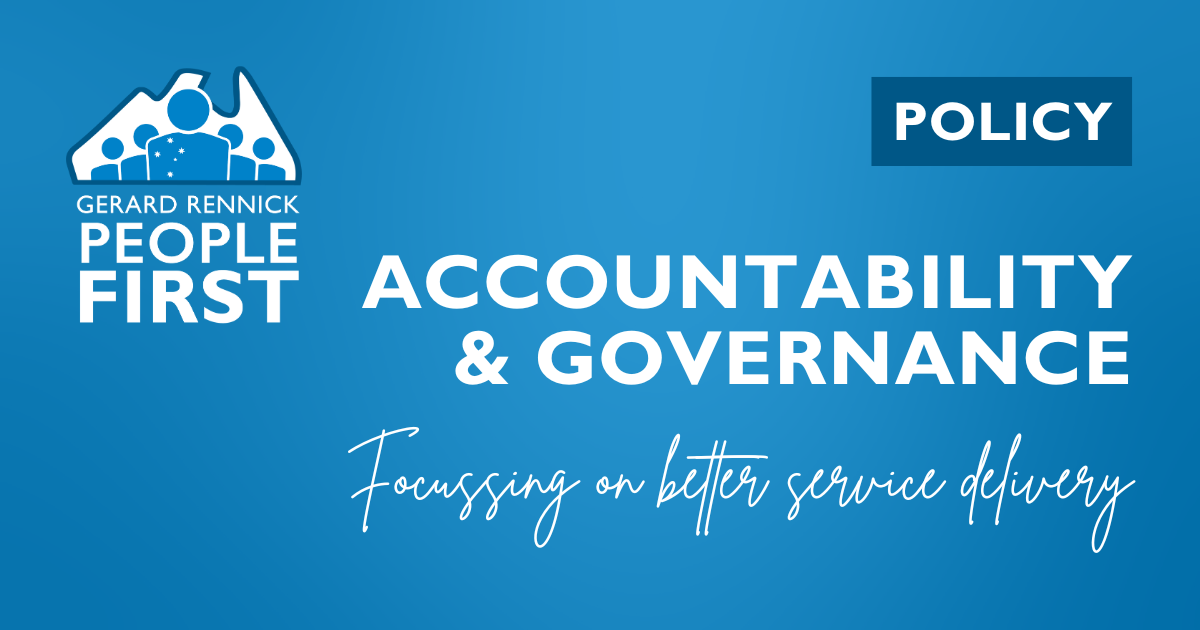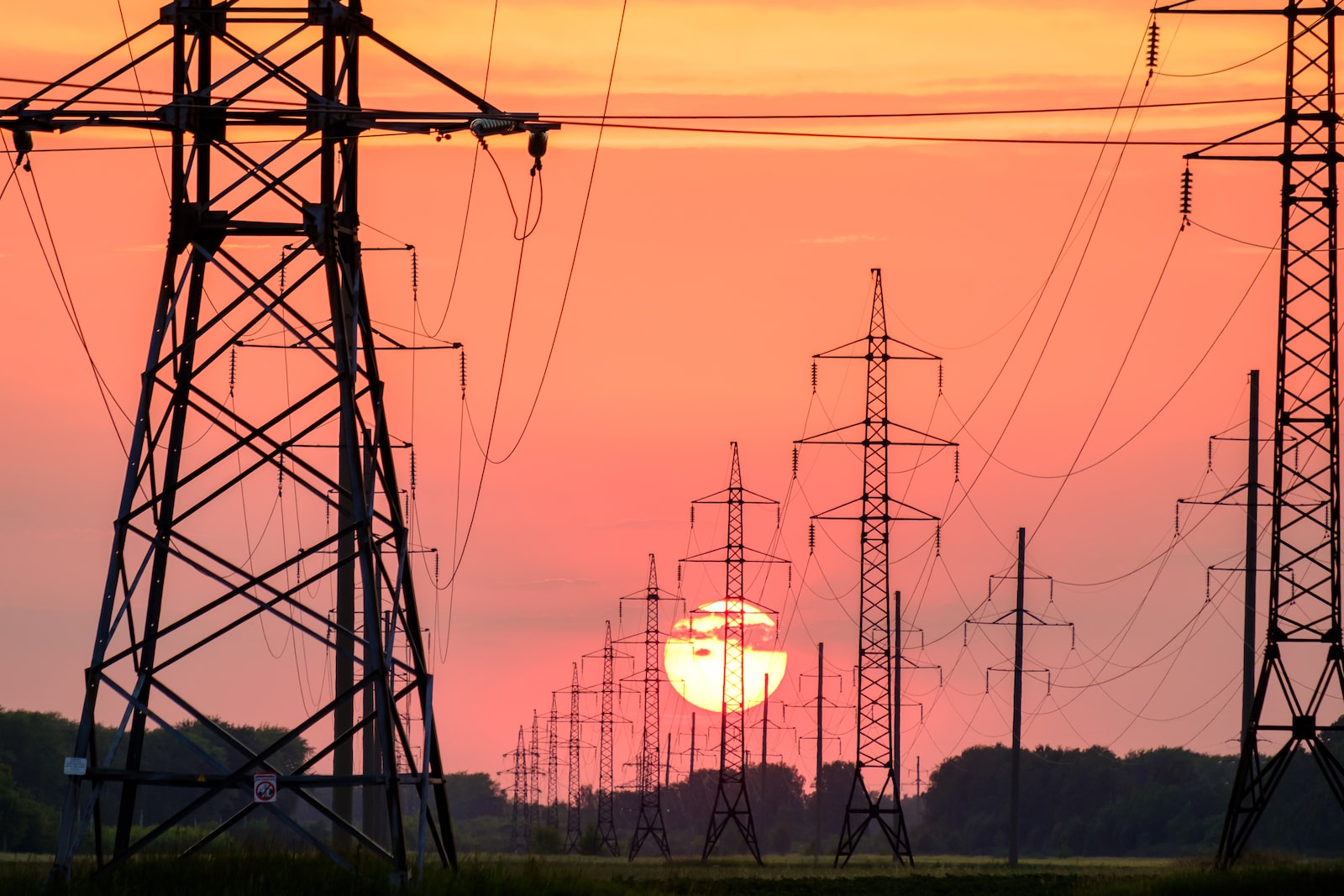“But when we are producing what’s called the levelised cost of energy, we not costing the whole system, we’re just modelling the “delivered” cost of energy from different technologies. There are a lot of uncertain factors in that.”
In estimates I asked the CSIRO about their flawed assumptions when modelling the cost of energy for different models. They overestimate the energy capacity of windfarms, underestimate the life of coal fired power stations and completely exclude the cost of recycling.
There are other flawed assumptions as well which I will touch on in a later post.
Just another example of how the bureaucratic propaganda industrial complex uses models to screw the taxpayer.
Economics Legislation Committee
01/06/2023
Estimates
INDUSTRY, SCIENCE AND RESOURCES PORTFOLIO
Commonwealth Scientific and Industrial Research Organisation
Senator RENNICK: I was in the environment committee last week and I asked a very simple question. It’s often told to me by some of my opponents on the other side of the chamber that renewables are cheaper, and I asked, ‘If renewables are cheaper, why are energy prices always going up?’ The reply was, ‘Because that’s what the GenCost report says.’ I found that quite interesting in a sense—that one’s a real life crisis and one’s a model. I’m going to ask you some questions about the assumptions used in the GenCost report, if that’s okay. I note that the GenCost report assumes a capacity factor for wind farms of around 40 per cent, and the actual capacity factor for the wind farm fleet for 2018, 2019 and 2020 was 28 per cent, 28 per cent and 27 per cent, respectively. Have you ever thought about changing the assumption in GenCost from 40 per cent to 27 per cent for wind capacity?
Dr Mayfield : I can kick that off and then I’ll invite Mr Graham to the table, who’ll be able to go through a lot more detail. These sorts of considerations come up each iteration of GenCost, as we look at performance in the system and work with the consulting group, which includes industry players and governments, to work out what the most appropriate assumptions going forward are. So it’s looked at on a regular basis and it’s looked at using the data for what’s actually been happening out there in the NEM and how it’s performed. Mr Graham might be able to go through that in a bit more detail for you, but they’re being constantly honed.
Senator RENNICK: Sure.
Mr Graham : We use capacity factors in two different ways in the GenCost report. One way is to, if we’re doing system modelling, use the half-hourly profiles that are published by AEMO, which are to be used in any sort of Australian electricity modelling, and they have that for different places all across Australia. But, when we’re producing what’s called levelised cost of electricity data, we’re not modelling the whole system; we’re just modelling the delivered cost of energy from different technologies. There are lots of uncertain factors in that, like the capital cost, the fuel cost, the operating cost and the capacity factor. So what we do is provide a range. We provide a high range for the capacity factor and a low range. That gives us the cost ranges that we publish for energy from the different technologies. We’ve tended to be on the generous side around new technologies. We say they’re probably about average or better. For example, the range that we use for black coal is 60 per cent to 80 per cent, but you can find, historically, black coal plants that might have only operated at 40 per cent. It’s the same for wind. The best wind plant is 48 per cent, in the last 10 years. The average is generally about 33 per cent, and that’s from the data that we have. But you’ll find a wind plant that’s maybe as low as 20 per cent. We tend to go from the average level up to the best plant, and that tends to be what we use for our range.
Senator RENNICK: How do you estimate the number of kilometres of transmission lines, for example, that you need to install to get renewables to 82 per cent of the grid by 2030? Have you got some sort of estimate for that?
Mr Graham : The Australian Energy Market Operator publishes all the potential, useful transmission projects that could be used if we wanted to connect up different renewable energy zones. You put all those projects into the model, then you ask the model to select which of these transmission projects is the least cost to deliver a certain outcome. It depends on what you’re modelling; if you’re modelling a renewable share, or you’re modelling an emission outcome, your model will choose the amount of transmission that is the lowest cost to achieve that outcome.
Senator RENNICK: Does the model take into account the cost of recycling renewables and cleaning them up?
Mr Graham : There’s no modelling that we do that includes the cost of recycling in the GenCost project.
Senator RENNICK: Thank you































